The magic of walking through Cheddar Gorge: Eerie and staggeringly beautiful... even in the rain
The rain-soaked, deserted Cheddar Gorge proves exhilarating, as Fiona Reynolds finds out.

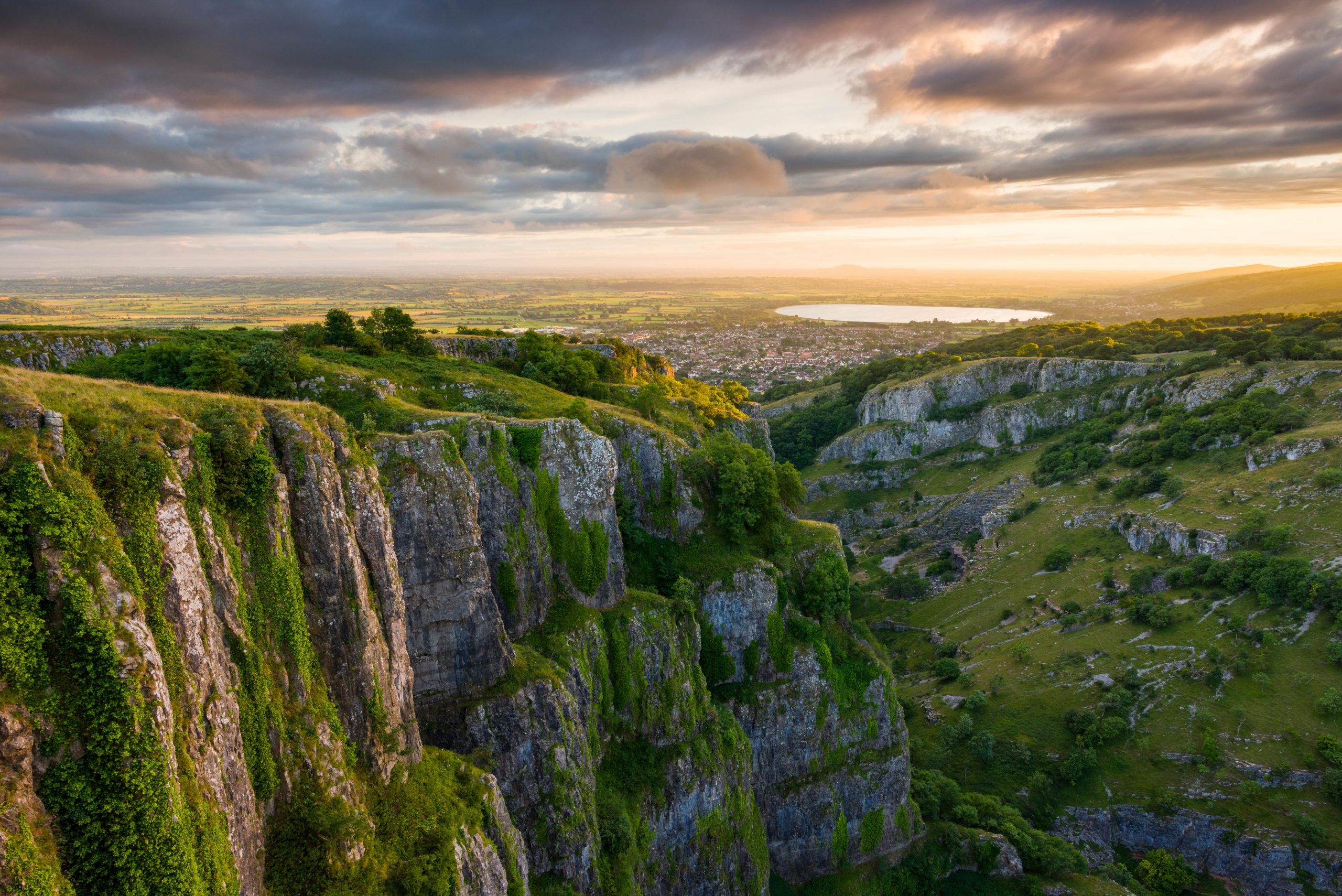
England’s landscape is full of surprises and limestone country, with its gorges, caves and spectacular waterfalls, is particularly rich in them. Today, I’m in one of these places, Cheddar Gorge in Somerset, a narrow valley overshadowed by near-vertical cliffs, riven with caves and full of wildlife.
My childhood memories are of a tourist honeypot, bathed in sunshine, from which a trip into the caves was a chance to cool off. Not so this time: it’s cold and wet and, as I reach the almost empty car park, even my usual spirit of adventure is daunted. Why go out in this weather? But I’m here to do the famous gorge walk, so out I step into the rain, wrapped up to the eyeballs and swathed in waterproofs.
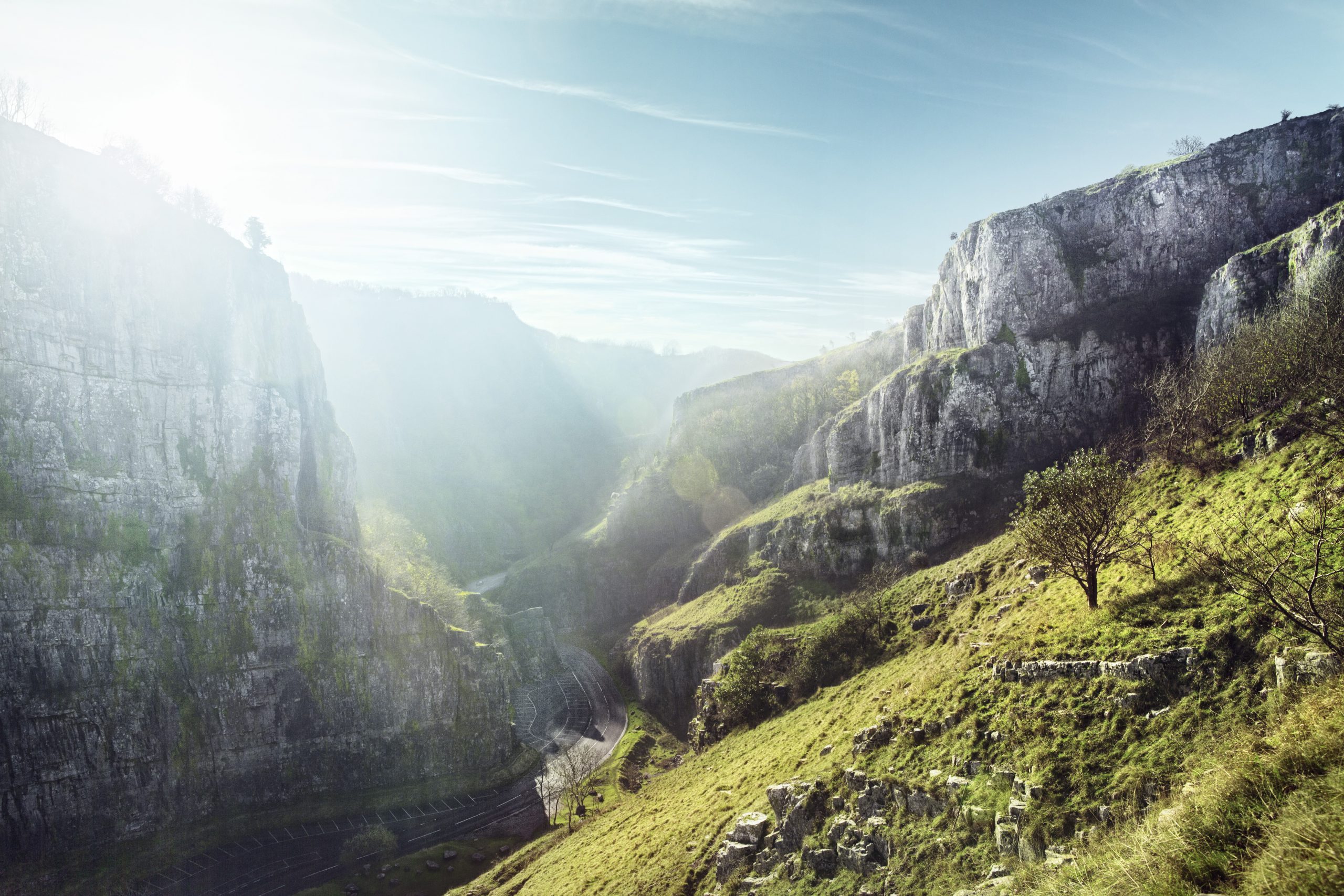
I’m walking clockwise, starting on the National Trust side of the gorge. I take the track towards Lion Rock, which winds behind a group of houses perched on the hillside before climbing steeply to the ridge through coppiced woodland. The path is slippery and I pick my way with care. As I emerge from the woodland, the gorge is in front of me; ignoring the rain, I catch my breath at the precipitous cliffs falling beneath my feet and fantastical pinnacles rising from the mist.
As I turn to take the path (part of the West Mendip Way) that follows the north face of the gorge, the full force of the weather hits me. Rain beats in my face and my feet, soaked by deep puddles, slip in the mud. However, I’m exhilarated by being outside, high above the gorge and alone with the elements—no one else is as mad as me.
I slide along the path, now surrounded by clouds, inching along until, at the top of Piney Sleight, I reach some blessed steps, which make a hairy descent easier. Thank you, National Trust. At the bottom, I’m careful to follow the Gorge Walk signs, avoiding the scarily steep shortcut.
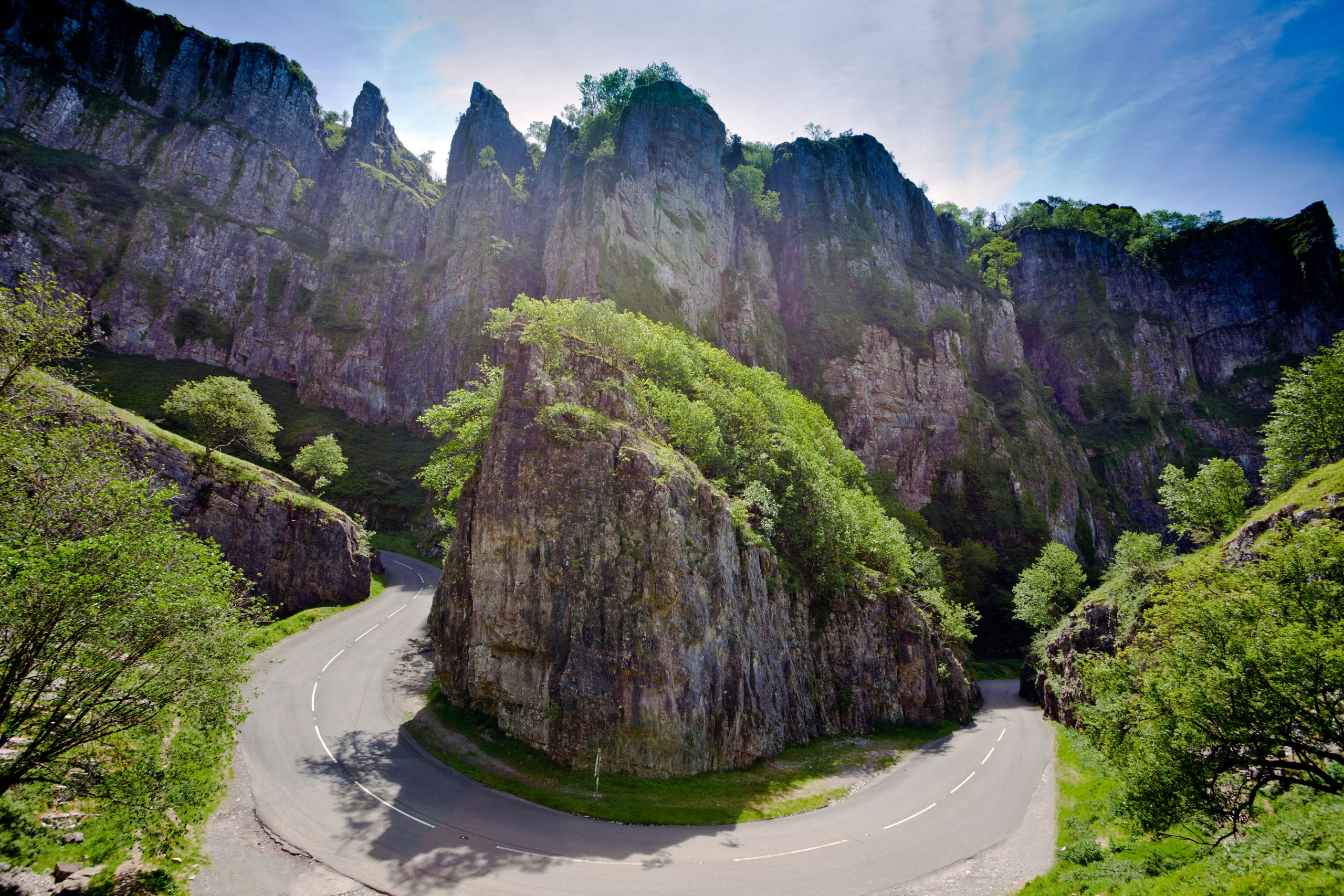
Soon, I reach the quiet green valley of Black Rock Gate, a nature reserve, peaceful after the wind-blown tops—even the rain is gentler. And as I turn and cross the road that runs through the gorge, there are people! Three brave adventurers pick their way down the steep slope opposite, as others huddle in their cars, hoping the rain will stop. I feel energised as I head up the slope; it’s much easier than coming down.
It’s a good pull up to the top of the southern side of the gorge, this bank being owned by the Longleat estate. This is where the famous caves are. It’s just as spectacular as the northern range and more exposed.
Exquisite houses, the beauty of Nature, and how to get the most from your life, straight to your inbox.
For a while, there is no view at all. Then there is one of those magical moments when the clouds part, the swirling mist retreats and the plunging sides of the gorge are revealed. With a few bare birches and rocky outcrops, it’s an eerie, but staggeringly beautiful moment. This is what I’ve come for.
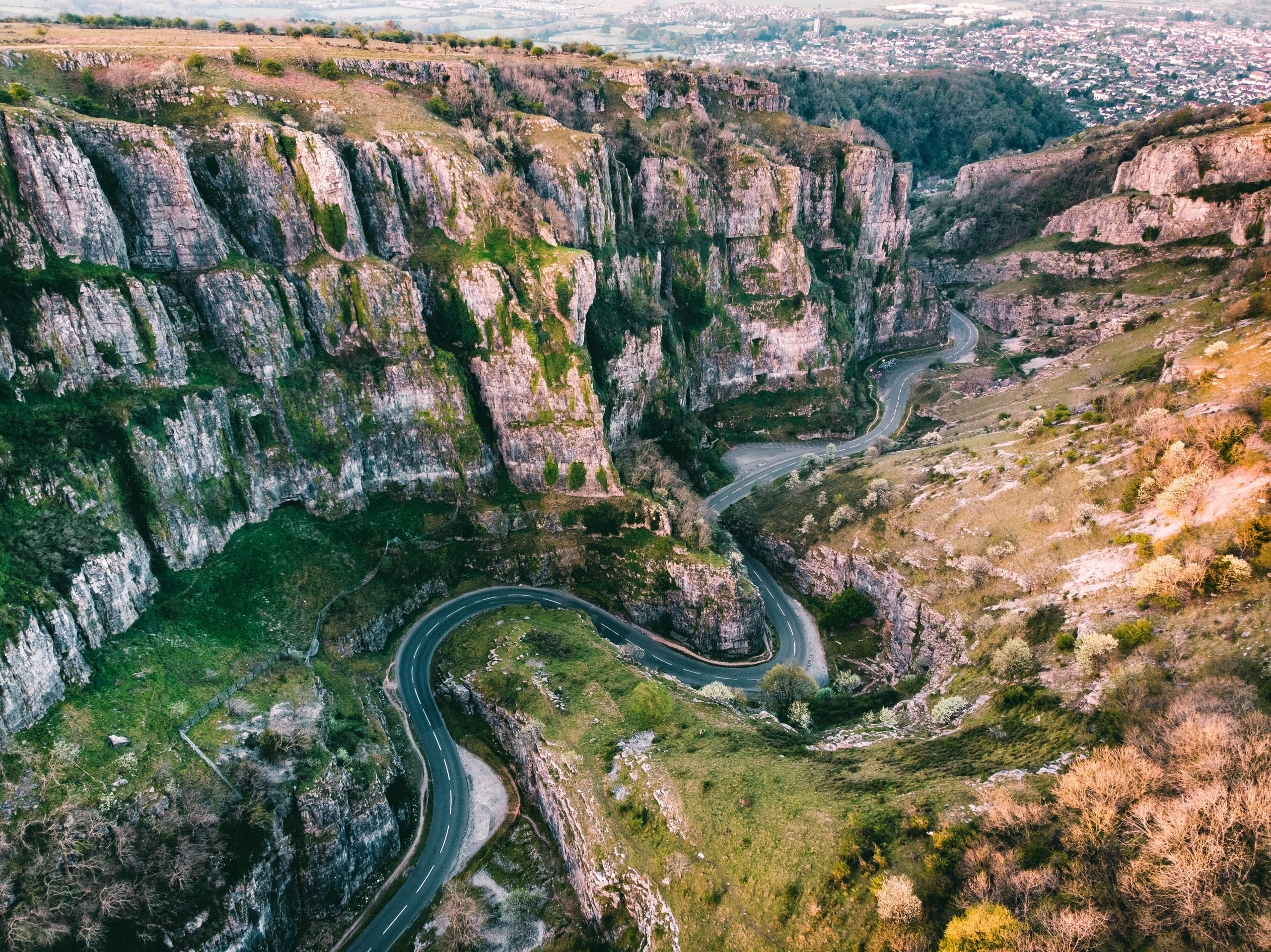
I’m nearly done and, finally, the rain eases. The track down takes me above Gough’s Cave, where Cheddar Man, Britain’s oldest complete human skeleton, was discovered in the early 1900s. I can just see Lion Rock, where I started, through the trees, and, finally, I reach the top of Jacob’s Ladder. The 274 steps soar almost vertically from the bottom to the top of the gorge and I’m ridiculously glad of the easy descent they provide.
Soaked but satisfied, I pile my sodden walking gear in a corner of the car boot. Such a fuss about the rain, I think—but next time I’ll be sure to pick a fine day.
Fiona Reynolds is the author of 'The Fight for Beauty' and chair of the governing council at the Royal Agricultural University, Cirencester
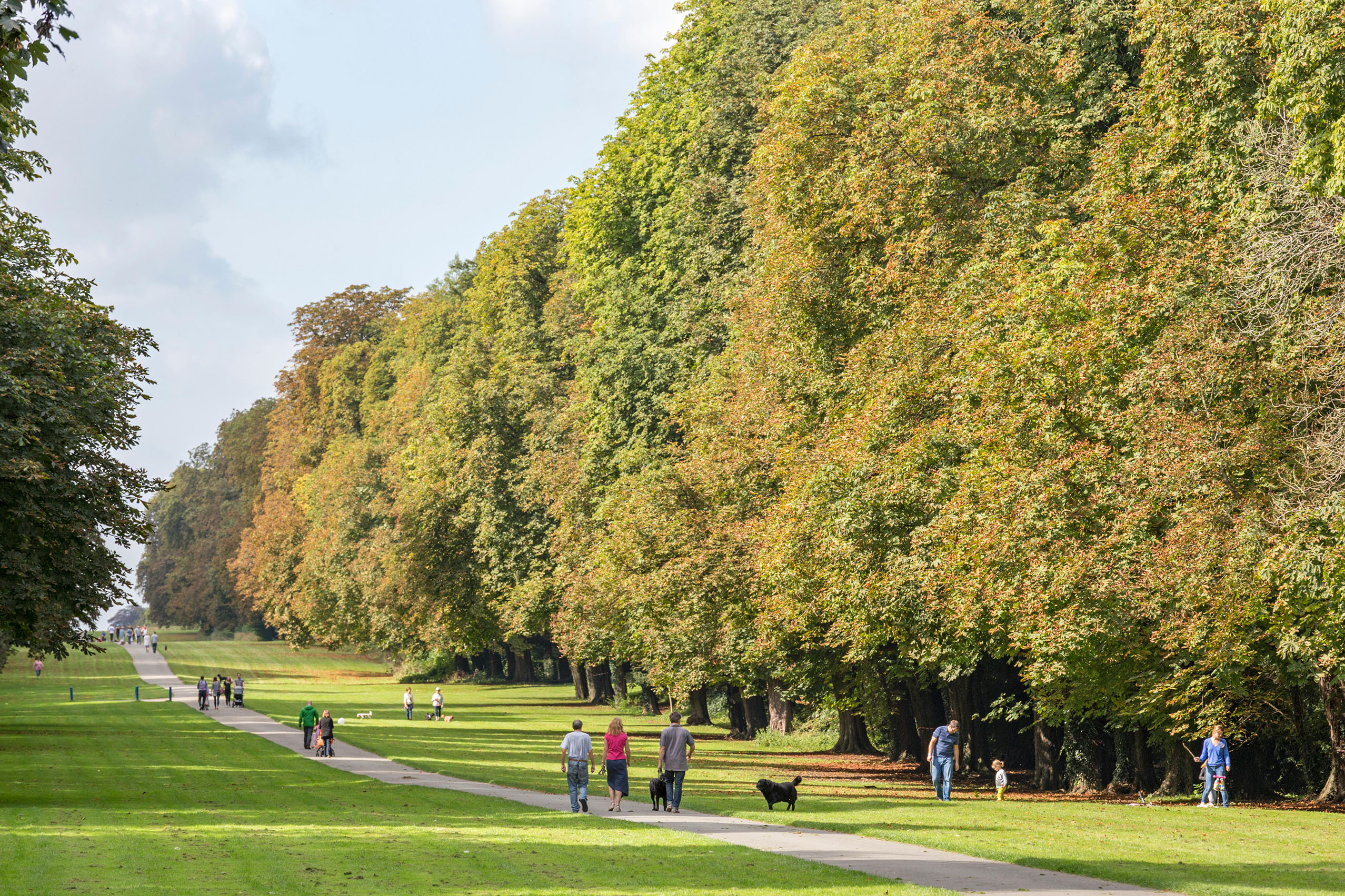
Cirencester Park, still full of 'the amiable simplicity of unadorned nature' 200 years after its creation
Fiona Reynolds strolls through Cirencester Park and beyond into the Gloucestershire countryside.

A walk through Badley Woods: 'My memory, is on fire, and I wander through the woods looking for places half-remembered, but intensely felt'
A return to scenes from a carefree childhood rekindles happy memories for Fiona Reynolds.

Credit: robertharding / Alamy Stock Photo
Lundy Island: The joys of a good walk, inspiring beauty and no phone signal
Fiona Reynolds was left refreshed and exhilarated after a trip to Lundy Island.
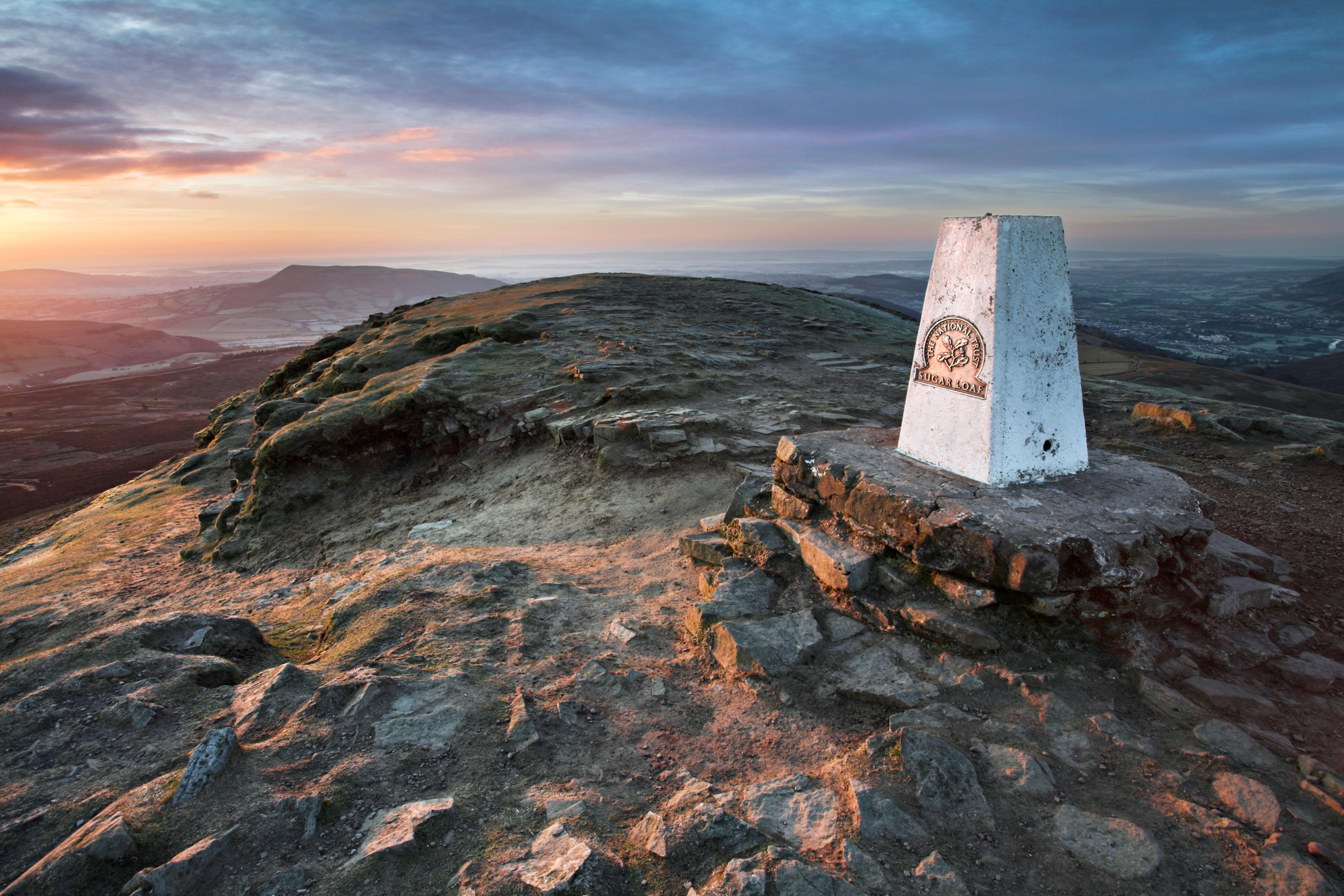
Climbing the Sugar Loaf, the irresistibly perfect mountain in a ‘wild and lovely’ setting
The Sugar Loaf in Wales’s Black Mountains is a satisfying little peak to conquer, as Fiona Reynolds explains.

The 18th century canal tunnel that was a miracle of engineering, now reclaimed by Nature
The coronavirus put an end to Fiona Reynolds’ big walking adventures, but a local round along a Cotswold canal proved
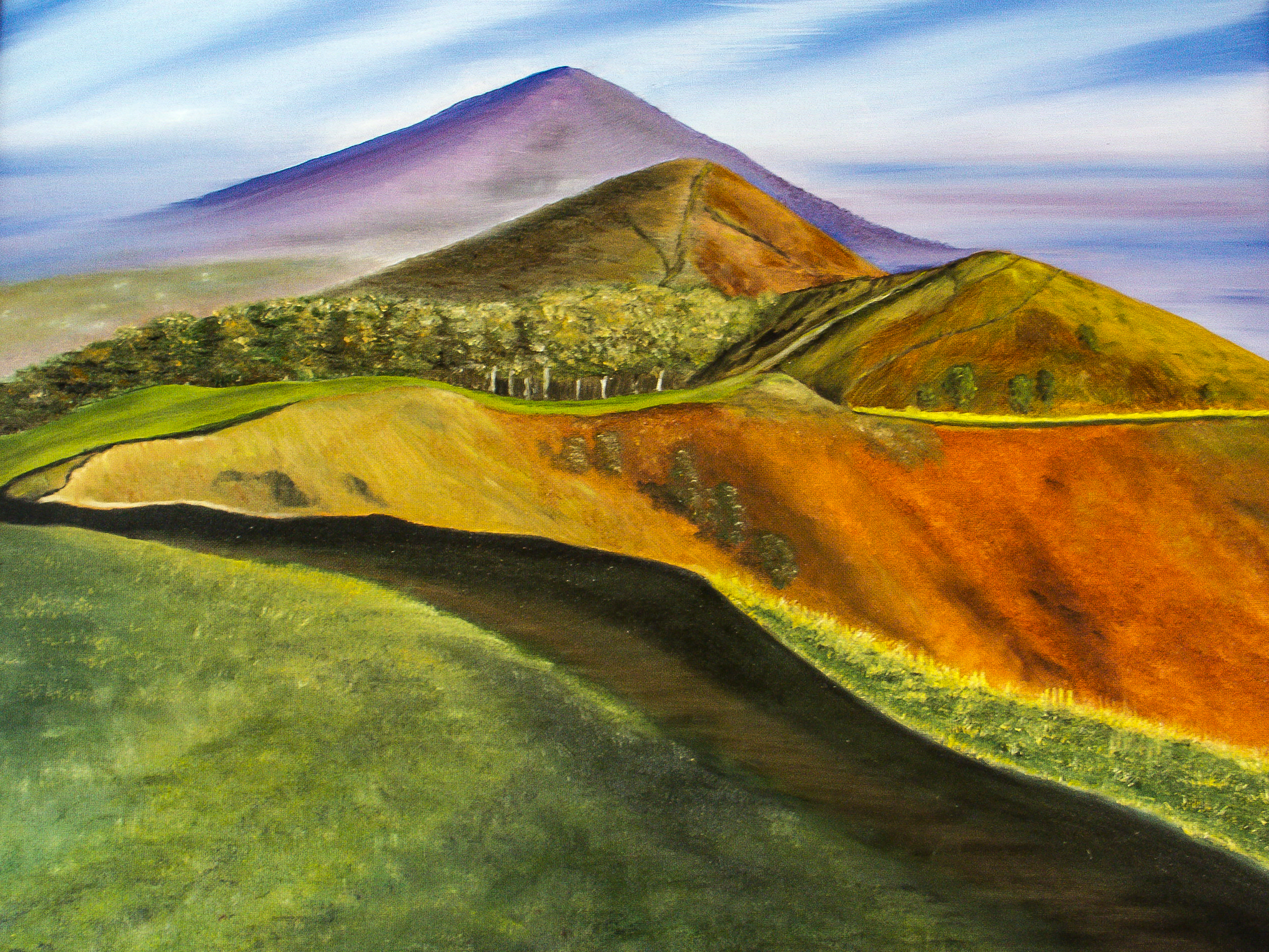
Fiona Reynolds: 'In bright sunshine and strong wind, it’s exhilarating to look down on the roofs of Great Malvern''
Elgar’s music resonates all over the Malverns as Fiona Reynolds revels in a walk to the Worcestershire Beacon.
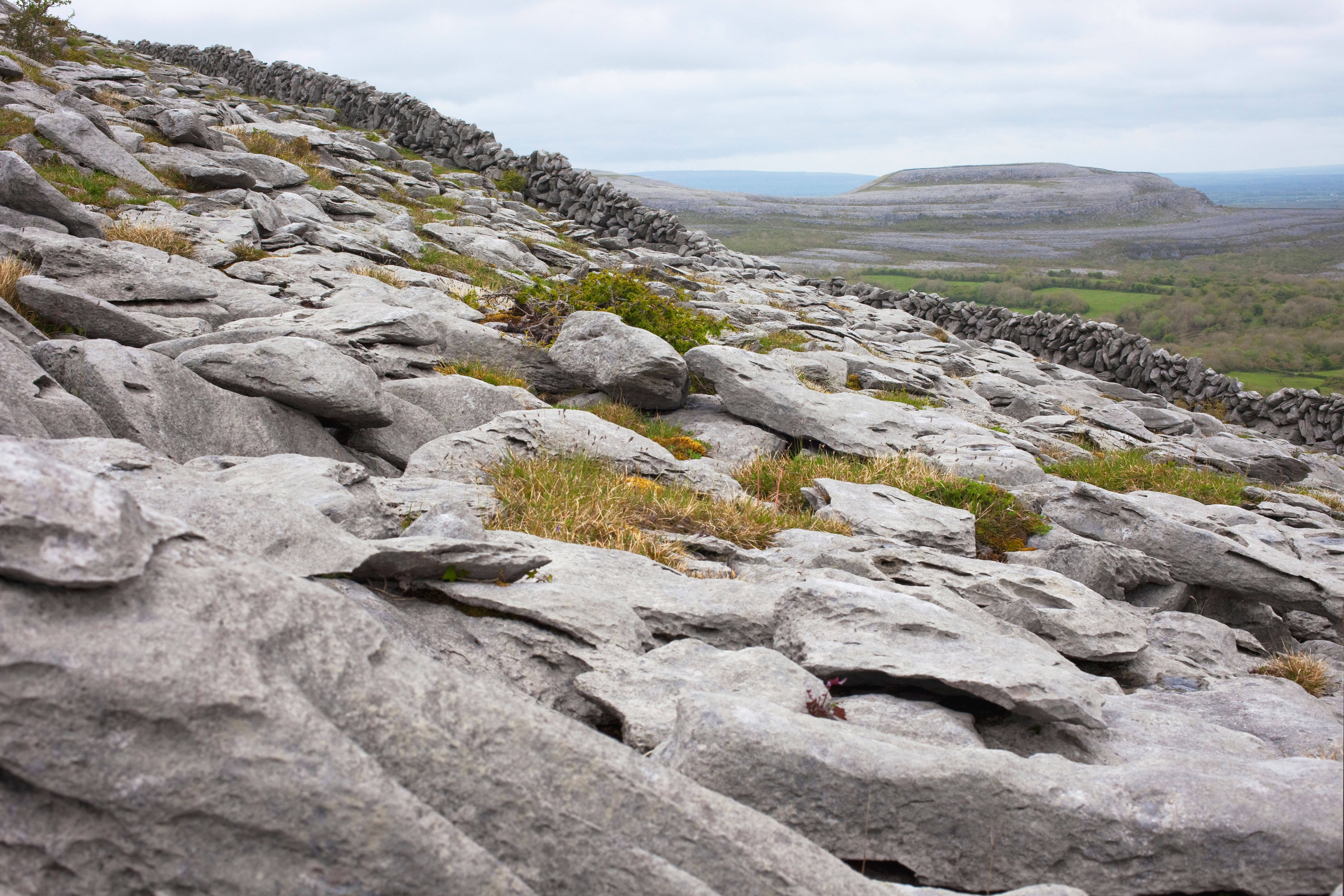
Walking The Burren, Co Clare: A place of curved hills, acres of open limestone and a landscape in which to lose oneself
Fiona Reynolds eats her words about regular walkers avoiding showers during the wettest months she can remember.

Tracking the Norfolk spoonbills: 'We’ve hardly walked a mile before a string of three white birds flies towards us'
Fiona Reynolds visits the wilds of Norfolk to find spoonbills — and discovers a remarkable conservation success story.
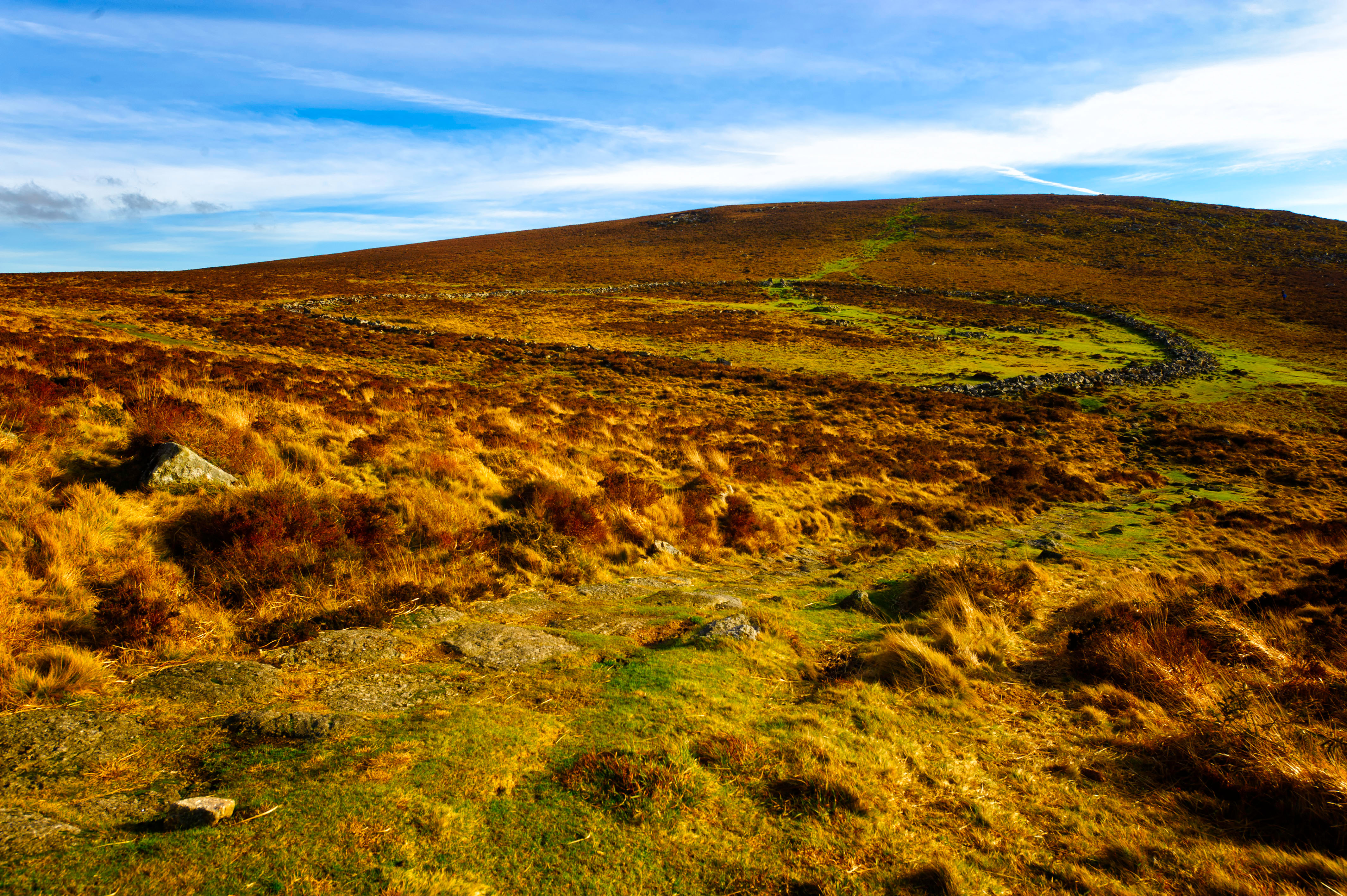
Walking on Dartmoor: 'Ponies, sheep and cattle have created an extraordinary upland landscape, but there’s now fear among the commoners'
The people who manage the evocative Dartmoor landscape are facing challenges, says Fiona Reynolds.

Fiona Reynolds: A walk on the Suffolk coast that brings home the true horror of the new plans for Sizewell
A few months after writing about a development at Otmoor, Fiona Reynolds visits the beautiful Suffolk coast — and can't
Fiona Reynolds is chair of the Food, Farming and Countryside Commission, the former director-general of the National Trust, former Master of Emmanuel College, Cambridge, and the author of The Fight for Beauty. Follow her on Twitter @fionacreynolds.
